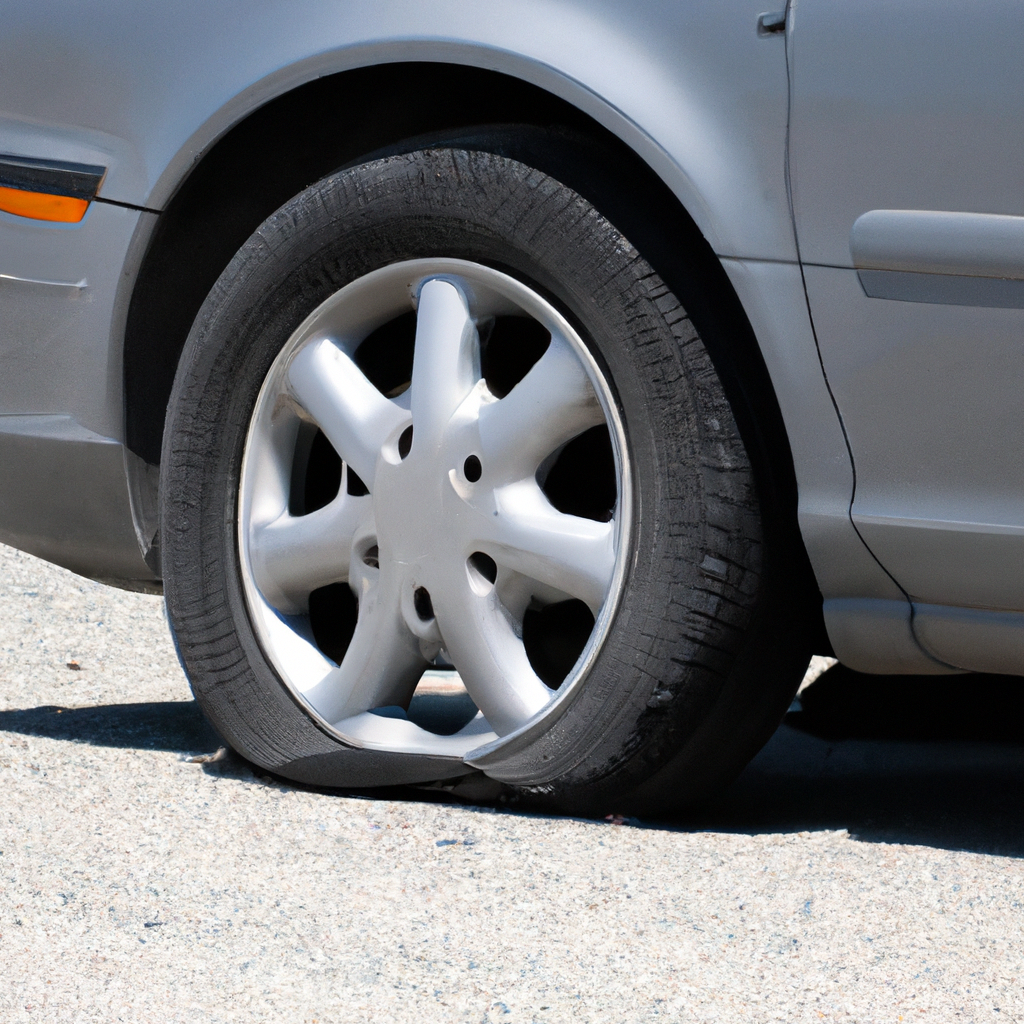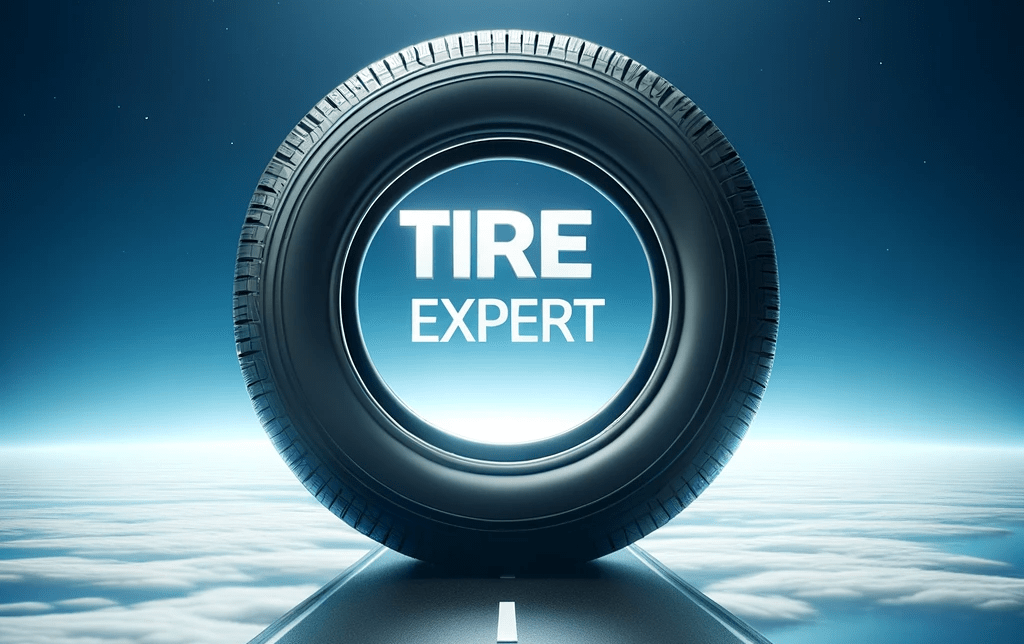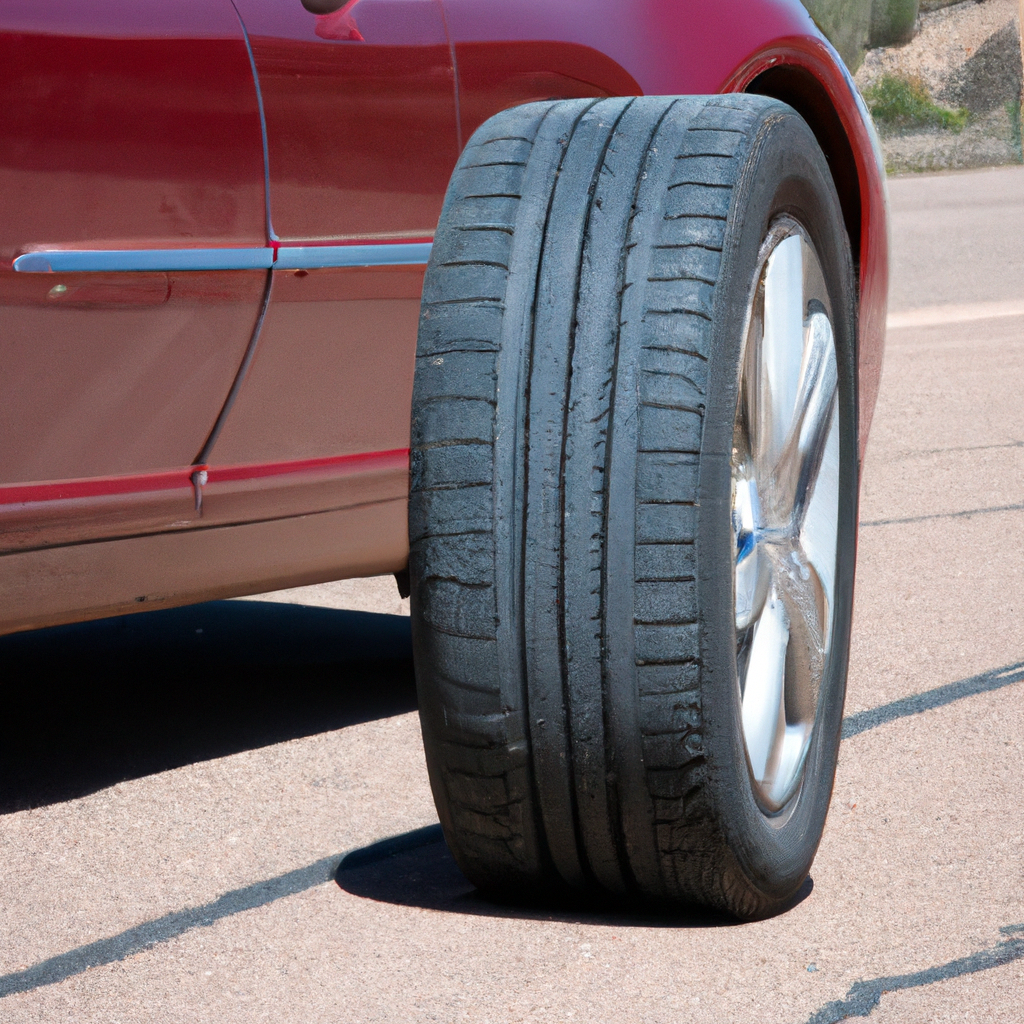Imagine driving down the open road, feeling a sense of freedom and adventure. Suddenly, your car’s tire goes flat, leaving you stranded in the middle of nowhere. But what if there was a solution that allowed you to keep driving, even with a flat tire? That’s where run-flat tires come in. These tires are designed to support the weight of a vehicle even when completely deflated. However, despite their numerous benefits, there may be limitations to consider when it comes to driving distance on run-flat tires.
Factors Affecting the Driving Distance on Run-flat Tires
Tire Type
When it comes to the driving distance on run-flat tires, the type of tire you choose can have a significant impact. There are various types of run-flat tires available in the market, each with its own unique characteristics. Some popular types include self-supporting run-flat tires and auxiliary-supported run-flat tires. The self-supporting variety incorporates reinforced sidewalls that can temporarily bear the weight of the vehicle even after a puncture. On the other hand, auxiliary-supported run-flat tires use an internal support ring to provide additional support in case of a flat.
Pressure and Load
Proper inflation and load management are crucial factors in optimizing the driving distance on run-flat tires. Underinflation can cause the tires to flex excessively, generating more heat and increasing rolling resistance. This reduces fuel efficiency and can lead to premature tire wear, ultimately affecting the driving distance. Overinflation, on the other hand, decreases the tire’s contact patch with the road, compromising traction and leading to uneven wear. Additionally, considering the vehicle’s weight distribution and adhering to the load capacity specifications provided by the manufacturer helps ensure optimal tire performance and maximum driving distance.
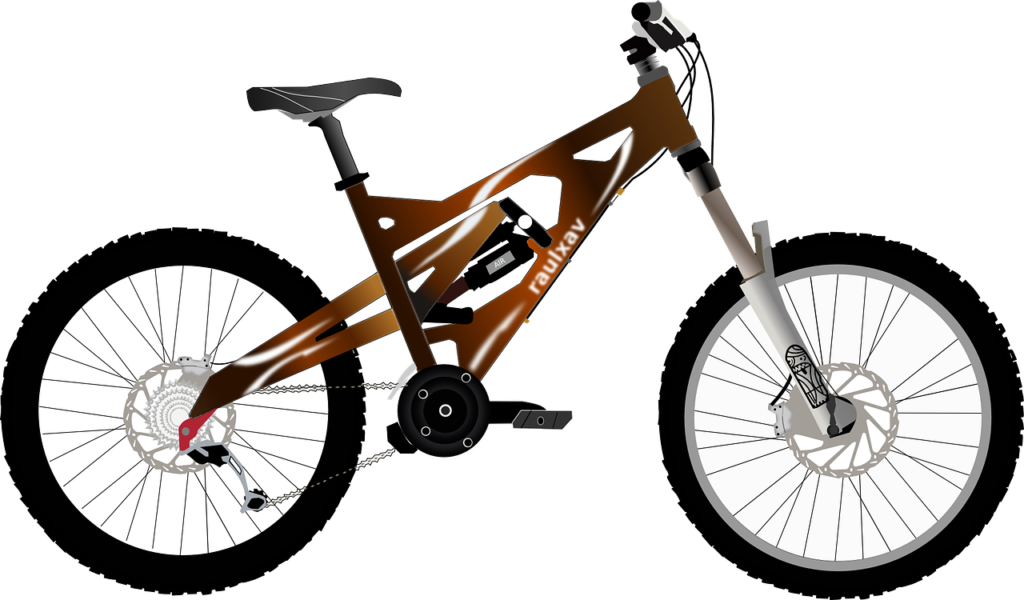
Road Conditions
The condition of the road you drive on plays a significant role in determining the driving distance on run-flat tires. Smooth and well-maintained roads are ideal as they allow for minimal resistance and provide a stable driving experience. However, roads with potholes and rough surfaces can pose challenges. Such conditions may cause additional stress on the tires and lead to quicker wear and tear, ultimately reducing the driving distance. Similarly, off-road and unpaved terrains can be particularly demanding, causing increased strain on the tires due to rocks, debris, and uneven surfaces.
Driving Style
Your driving style directly impacts the driving distance you can achieve on run-flat tires. Aggressive driving habits, such as hard acceleration, abrupt braking, and excessive cornering, can cause rapid wear of the tire tread. These actions generate higher levels of heat and friction, accelerating the deterioration of the tire’s rubber compound. By adopting a more cautious and gentle driving style, you can extend the lifespan of the tires and maximize the driving distance on run-flat tires.
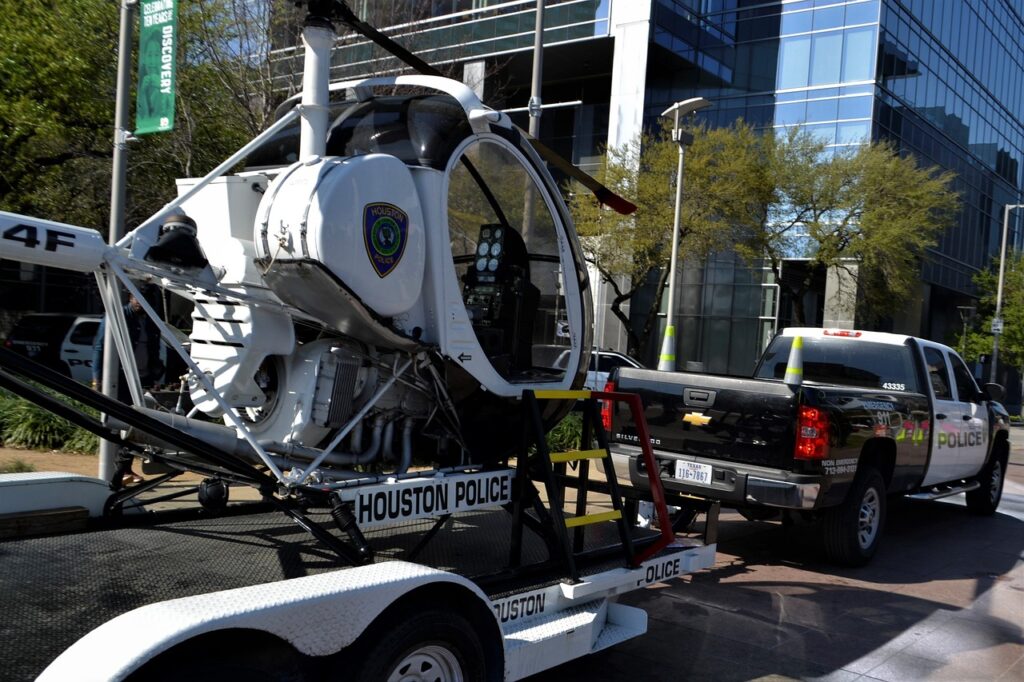
Temperature and Weather
Extreme temperatures and weather conditions can affect the performance of run-flat tires and consequently impact the driving distance. High temperatures, especially during the summer months, can cause the tire rubber to soften, increasing rolling resistance and decreasing fuel efficiency. Cold temperatures, on the other hand, can make the tire rubber more rigid, reducing traction and handling. Moreover, adverse weather conditions such as rain, snow, and ice pose additional challenges, requiring careful driving to avoid skidding or slipping, which can negatively impact the driving distance.
Wheel Alignment
Proper wheel alignment is essential for obtaining maximum driving distance on run-flat tires. When the wheels are misaligned, it can lead to uneven tire wear patterns, causing premature tire degradation and reducing the driving distance. Misaligned wheels also increase rolling resistance, making it harder for the tires to move smoothly, thereby affecting fuel efficiency. Regularly checking and adjusting wheel alignment ensures that the tires wear evenly and provide optimal performance, allowing for a longer driving distance.

Tire Wear and Age
The condition of the tires, including their tread depth and age, directly affects the driving distance on run-flat tires. Tires with sufficient tread depth provide better traction and grip, allowing for longer distances before replacement is required. Monitoring the tread depth and using wear indicators provided by the manufacturer can help determine when to replace the tires. Additionally, tire age plays a role in tire deterioration, even if the tread depth seems sufficient. Over time, the rubber compound can degrade, leading to reduced tire performance and ultimately affecting the driving distance.
Drivetrain and Vehicle Type
The drivetrain and vehicle type also have an impact on the driving distance achievable on run-flat tires. Different drivetrains, such as front-wheel drive, rear-wheel drive, and all-wheel drive, distribute weight and torque differently across the tires. This variation in weight distribution and power delivery can result in uneven tire wear and affect the driving distance. Furthermore, vehicles with different weights, sizes, and suspension setups may experience varying amounts of wear on run-flat tires, ultimately influencing the distance they can travel before replacement.
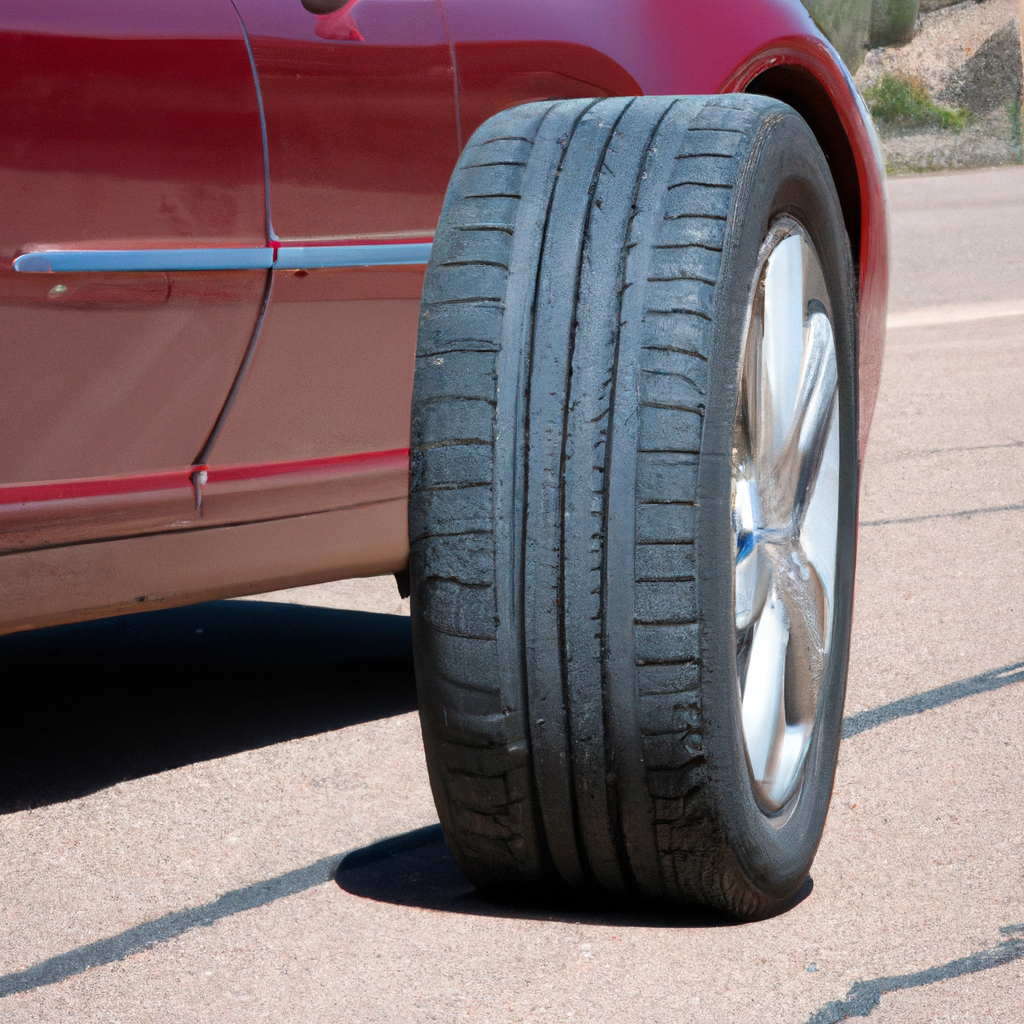
Repeated Use of Run-flat Mode
While run-flat tires are designed to provide limited driving capability after a puncture, repeatedly using them in this mode can affect the overall driving distance. Using run-flat mode for an extended period increases the strain on the already compromised tire and can lead to accelerated wear and reduced performance. If a puncture occurs, it is crucial to have the tire inspected and repaired promptly to minimize the impact on driving distance and avoid further damage to the tire.
Tire Maintenance and Repairs
Regular tire maintenance and prompt repairs are essential for optimizing the driving distance on run-flat tires. Performing regular tire inspections allows for early detection of potential issues, such as punctures or irregular wear patterns, which can impact tire performance. Proper tire inflation and regular rotation help ensure even wear and extend the overall lifespan of the tires. If a tire does sustain damage, such as a puncture, it is crucial to have it repaired or sealed promptly to prevent further deterioration and to maintain optimal driving distance.
By considering these various factors and implementing proper tire care and maintenance practices, you can maximize the driving distance on run-flat tires. Whether it’s selecting the right tire type, maintaining optimal pressure and load, adapting your driving style to reduce wear, or being mindful of road conditions and weather, each aspect contributes to enhancing the longevity and performance of your run-flat tires. Remember to consult your vehicle’s manufacturer guidelines and seek professional advice when needed to ensure you are getting the most out of your run-flat tires.
